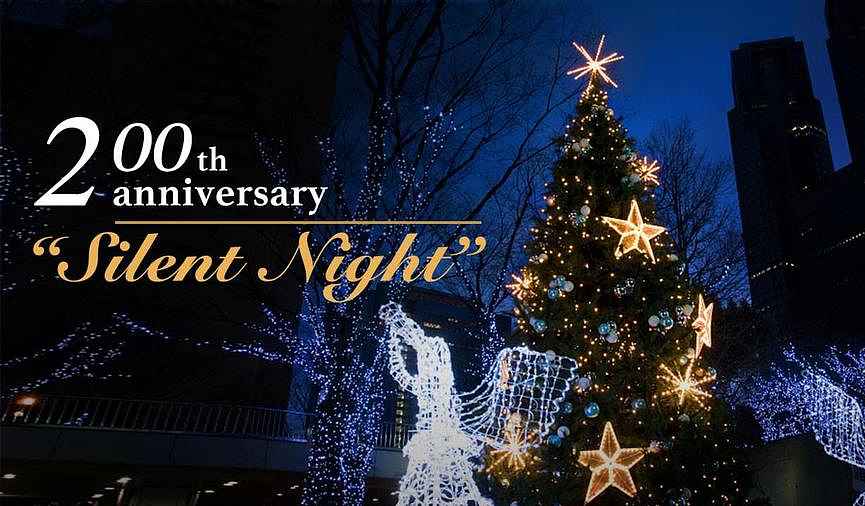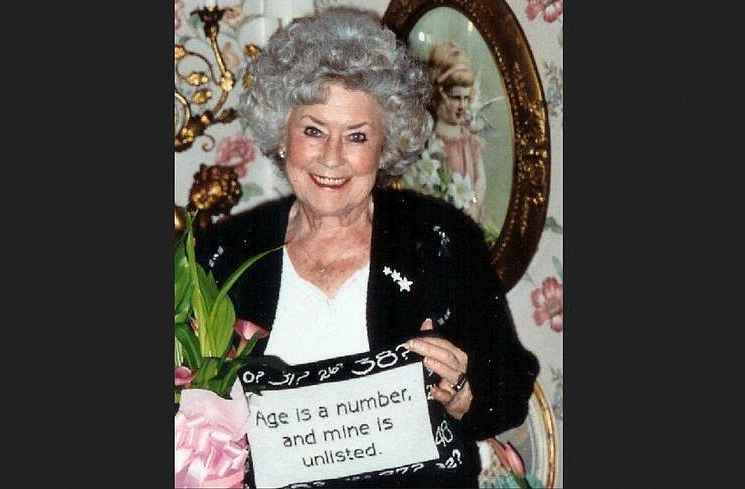

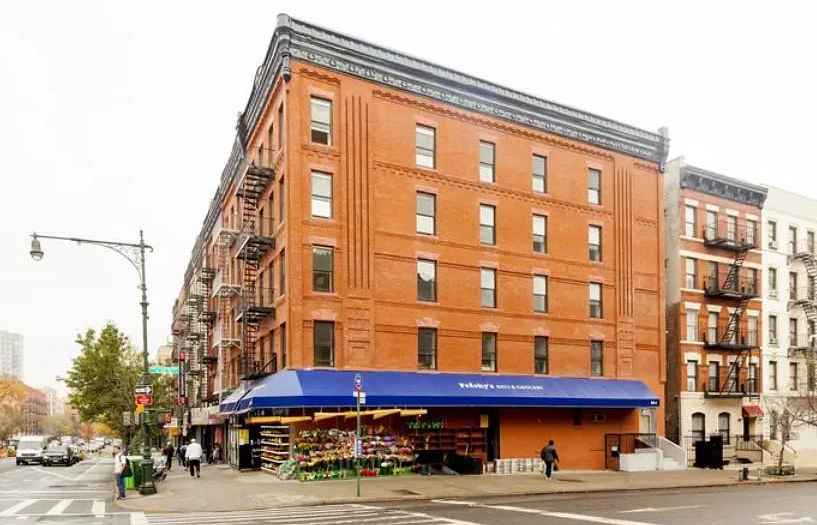
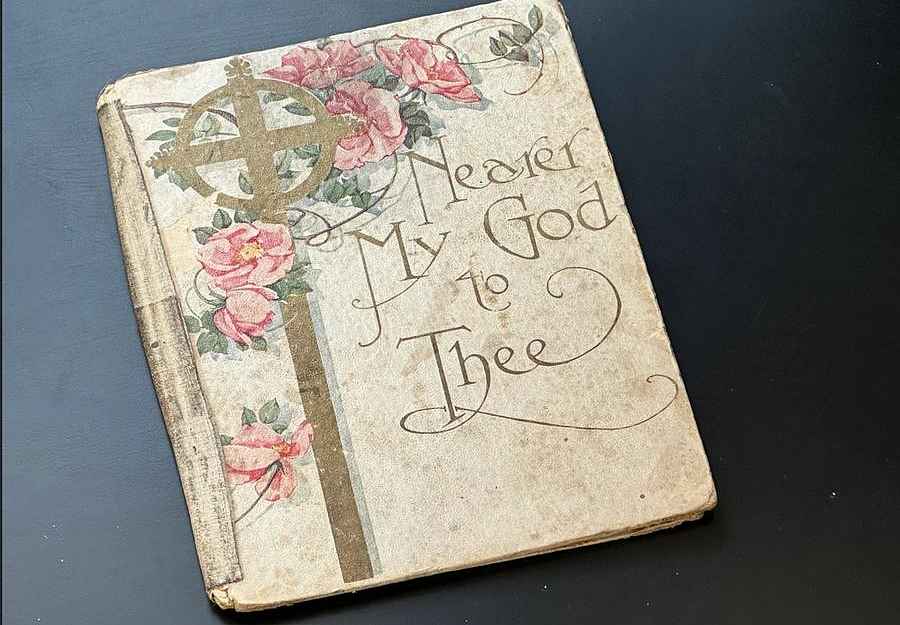
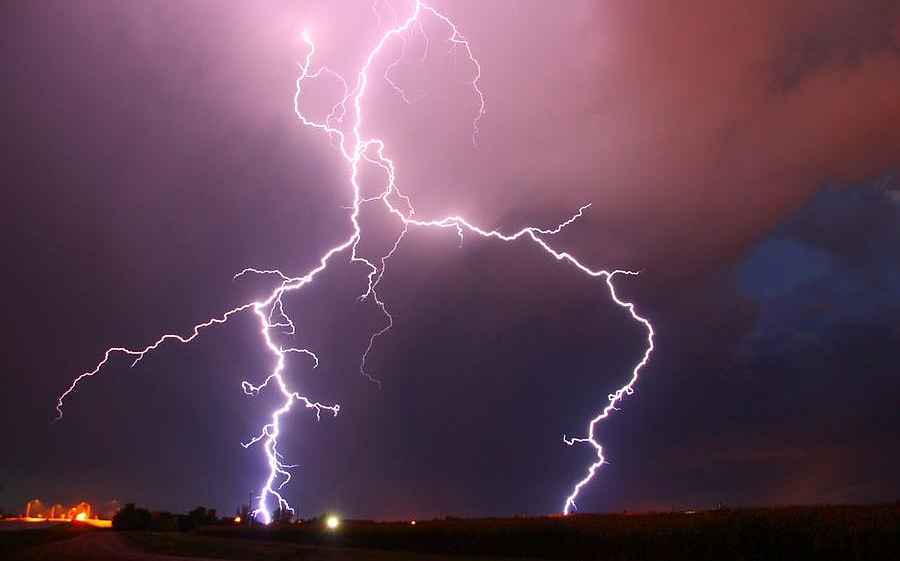
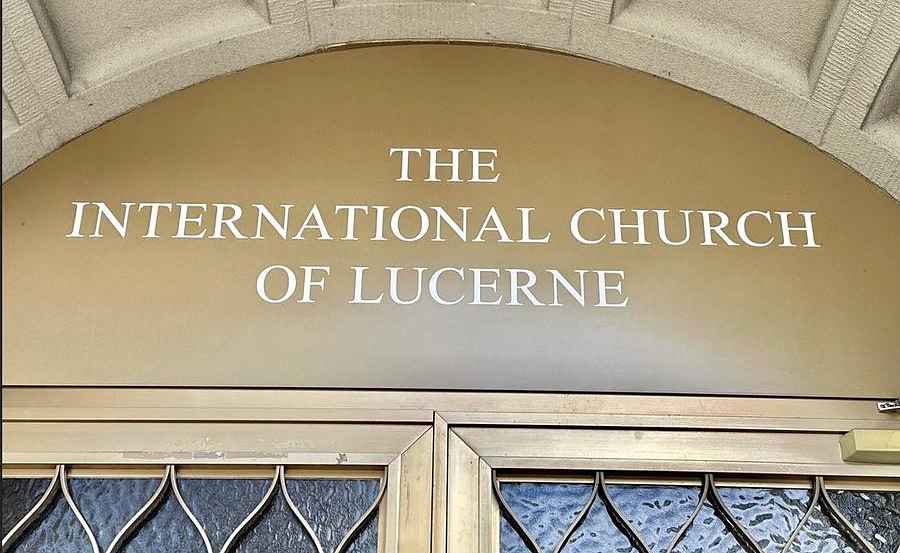
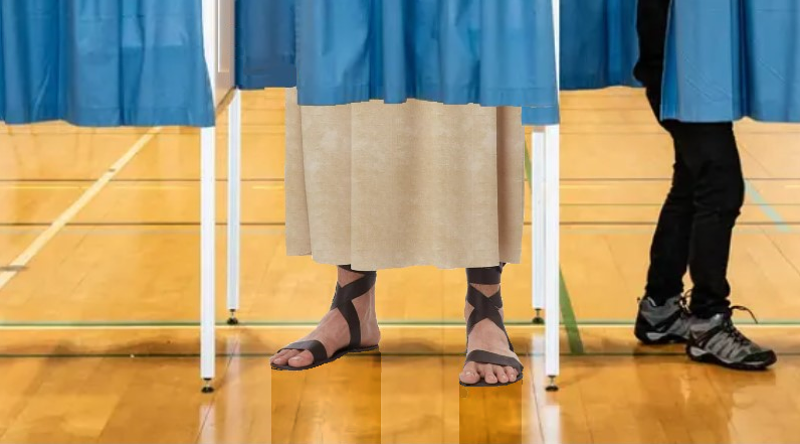
See listing of Recent and Most Popular articles on the Home Page
Faith
Category: Holidays / Topics: Christmas • History • Holidays • Holiday Season • Music
Celebrating the 200th Anniversary of Silent Night
Posted: December 23, 2018
The story behind the Christmas classic written in 1818…
Editor's note: In addition to the Rhymes & Reasons feature, which appears regularly here, Greg also contributes to a number of newspapers across the country. I saw this article in our local paper, the Daily Herald. After seeing Greg's story about Silent Night, I added three links to the Music in the Malls post for 2018 with three versions of the song performed around the world. .
The week before Christmas 1818 found the pastor of St. Nicholas Church in the little village of Oberndorf, Austria, making final preparations for the annual Christmas Eve service.
Joseph Mohr loved all the elements of the midnight service -- the readings from Scripture, the traditional hymns and the lighting of the candles. Celebrating the Nativity of his Lord was a highlight of his year.
As the 26-year-old bachelor pastor contemplated how he might conclude his sermon, he had an idea. What if he introduced the congregation to a Christmas hymn never before sung?
The one he had in mind was a hymn deeply personal to him. Before moving to his current church a year earlier, he had written a poem that celebrated the birth of Christ. Mohr titled his verse (written in German) Stille Nacht, Heilige Nacht.
Although his words were not initially written as a hymn, the meter of the lyrics lent themselves to be sung. The more he thought about the idea, the more he liked it. A new carol accompanied by a solo guitar would add a special touch to the traditional service.
Mohr consulted his good friend Franz Gruber. Gruber, a local schoolteacher, was also the church organist and a gifted musician. Could he compose a singable melody for the pastor's Christmas poem? Could he arrange it in such a way that the pastor could accompany the new hymn on his guitar?
Gruber assured the young minister that he would do his best. And his best resulted in a melody that has proved timeless.
With a touch of inspiration, the church organist came up with a tune he deemed appropriate within a few hours. The handwritten score was delivered in time.
On Dec. 24, Pastor Mohr and Franz Gruber sang the lyrics to the accompaniment of the guitar as St. Nicholas' small choir joined them. Based on a description of the carol's debut performance written by Gruber, after hearing "Silent Night," the congregation erupted into applause.
Within a year, the collaborative work of Joseph Mohr and Franz Gruber began to take on a life of its own.
The Rainers, a famous Austrian family of traveling musicians, performed "Silent Night" at their home church in Fugen on Christmas Eve 1819. Three years later, they sang the new carol for the Russian Czar and the Emperor of Austria. In 1839, The Rainers traveled to New York City, where they performed "Silent Night" for the first time ever in the United States.
In addition, The Strassers, a family of glove makers also known for their singing, traveled to annual village fairs in Germany. In 1832, the singing glove-makers included "Silent Night" in their repertoire as they entertained the shoppers.
By the 1840s, the song had become so popular that the king of Prussia considered it among his favorites. In 1863, the hymn was translated into English, and by 1871 the English translation made its way to the United States and was included in Charles Hutchins' Sunday School Hymnal
And now you know the "rest of the story."
As you may be aware, some fictionalized accounts of "rest of the story" suggest that the reason Pastor Mohr resorted to using his guitar was that the church organ was not working. Some accounts even go as far as suggesting that church mice had gotten into the works of the instrument rendering it disabled. But there is no actual documentation of that.
What is known, however, is this: Some months following the inaugural performance of "Silent Night" at the 1818 Christmas Eve service, Karl Marcher, a master organ builder, worked on the St. Nicholas instrument. He likely saw a copy of the Christmas hymn and took it with him as he returned to his home near Innsbruck. Much like the message of Christmas, he knew it was too wonderful not to share.
Also see Greg's shorter poem about "A Near Silent Night" from his regular Rhymes & Reasons feature.
Search all articles by Greg Asimakoupoulos
Greg Asimakoupoulos (pronounced AWESOME-uh-COPE-uh-less) is an ordained minister, published author and chaplain to a retirement community in the Pacfic Northwest. Greg maintains a blog called Rhymes and Reasons, which he graciously provides to SeniorLifestyle.Greg's writings have now been assembled in book form. See the SeniorLifestyle Store. • E-mail the author (moc.loa@veRemosewA*) • Author's website (personal or primary**)
* For web-based email, you may need to copy and paste the address yourself.
** opens in a new tab or window. Close it to return here.
Posted: December 23, 2018 Accessed 416 times
![]() Go to the list of most recent Faith Articles
Go to the list of most recent Faith Articles
![]() Search Faith (You can expand the search to the entire site)
Search Faith (You can expand the search to the entire site)
![]() Go to the list of Most Recent and Most Popular Articles across the site (Home Page)
Go to the list of Most Recent and Most Popular Articles across the site (Home Page)
 Loading requested view...
Loading requested view...